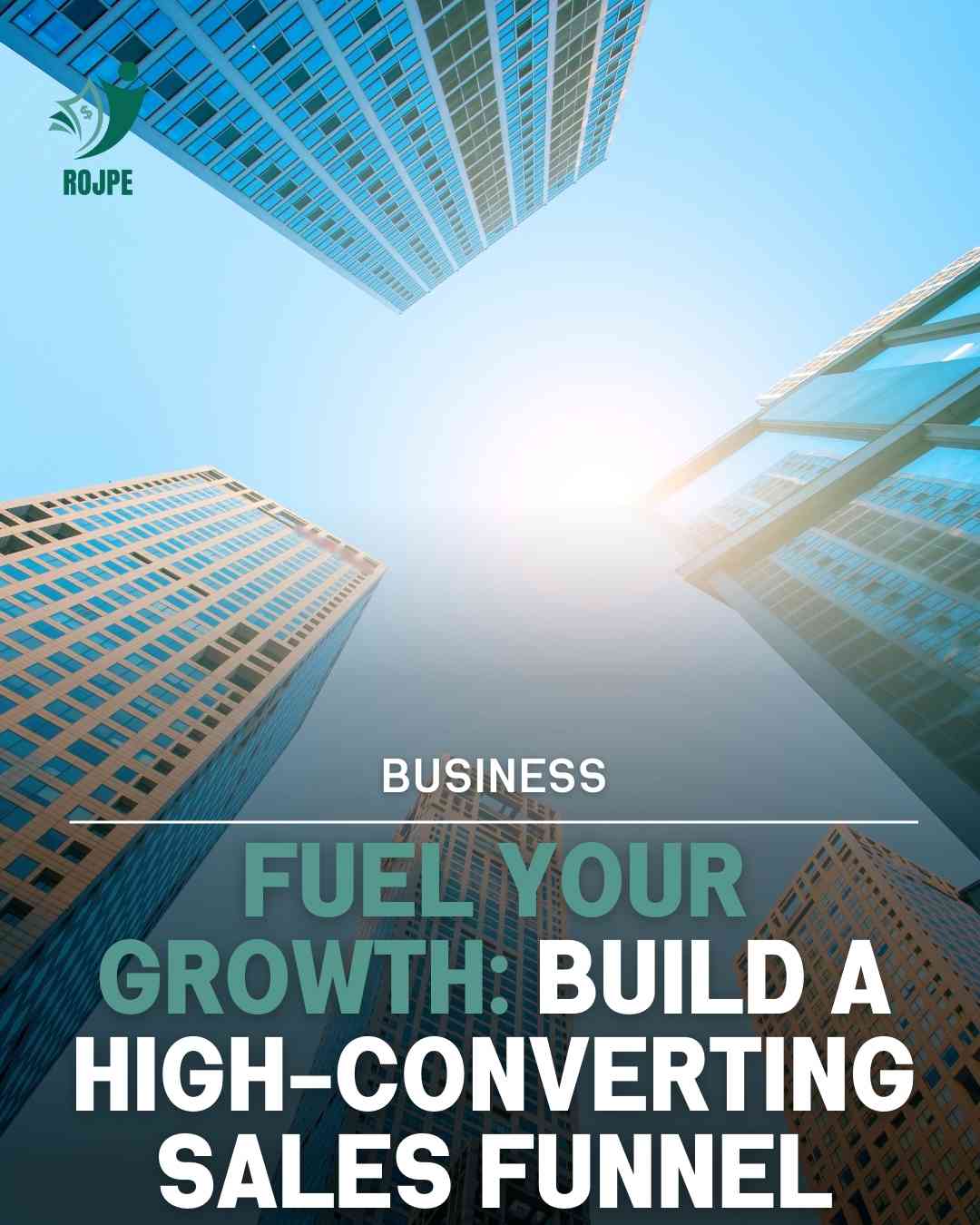How to make a Sales Funnel for Startups
October 5, 2024

You are always working with funnels, whether it's to get that first 100 users, that big enterprise deal, or even your dream team. No matter how tech-savvy or sales-smart you are, funnels are hardly ever perfect-just like those paper planes we folded in school, which some soared triumphantly while others dived straight after launch.
In other words, the funnel is an upside-down pyramid: it takes people through stages. The dream? Pass through the funnel with minimal loss. In perfect worlds you would pitch to 10 investors and get 10 checks. Perfect funnels exist only in fairy tales, though.
So how do we approximate this ideal? Here are a few practical steps:
Rule 1: Start with a blank sheet of paper
So, here's the rule of gold: first, fix the bottom. Why? It doesn't matter if you add more leads at the top of your funnel because your bottom's leaking like a faucet that's busted.
Think of it. You're pouring water into a bucket with holes at the bottom. You can add as many waters as you like but never fill this thing unless you patch up those holes. Funnels are just like it. If your bottom stages-say, closing a deal-aren't rock-solid, then adding more potential leads is just time and resources thrown away.
Example: Launched an app; tons of signups. But then, nobody ever converts because there's some particular bug in the onboarding process. This is leaky funnel bottom; no amount of marketing or outreach is going to save you till you fix that bug.
Rule 2: Know what it takes to close
Closes are not to be made with the best product or service. It's the understanding of what the precise conditions are under which a deal closes.
Imagine you have just sealed the deal. What had to happen for you to reach that point? Were the decision-makers in the room? Had the buyer budget and authority to conclude? Had your investors an open fund to invest?
If you have any idea about what success is, go back and make a checklist so you can hit all of those conditions each time. It's like playing chess-if you know the checkmate moves, you will end up guiding the game in that direction.
Rule 3: Devour one stage at a time
Once you’ve shored up the bottom of your funnel, it’s time to move up. But here’s a crucial tip: don’t try to optimize everything at once. You’ll spread yourself too thin and won’t see meaningful progress.
Okay, one step at a time. Drop off between two stages say, you can address it right away. But if you notice the drop significantly wide between people signing up for a demo and attending the demo, then that is what you can target. Do you send reminder emails? Would you offer a demo video to pique someone's interest? Small tweaks can make a huge difference.
Rule 4: Nudge, Nudge, Nudge
You might be thinking, "Well, fine. But how does one nudge people through these stages?" Well, one word: nudges.
Actually, it's a tiny nudge in one direction. This can be quite simple, for example, add a "Sign up now" call-to-action to your website. Or it might be much more sophisticated, like an email reminding an inactive lead of a sale that is about to expire.
These nudges will give the proverbial kick to nudge a person from one stage of the funnel to the next. Indeed, they are more like breadcrumbs that you lay out to lead the audience toward the final goal.
Rule 5: No two funnels are alike.
Here's a little secret: no two funnels are alike. It's extremely tempting just to borrow somebody else's funnel strategy, but quite honestly, it really does need to be tailored to your audience or product.
Suppose you were actually selling software to businesses: the funnel would be demo, then trial, then the decision process would involve a few people. But raising capital, my friend, that's a whole different ball game with an investor funnel. You pitch your associate, the associate pitches the partner, and then you pitch to the partner meeting. Every funnel is entirely unique to the process and the people you are dealing with.
Activation and Retention: Keeping Your Users
Funnels are not sales funnels. If you have a consumer-facing business, there are two great friends that you have in the world: activation and retention.
Activation: what happens the minute after they create their account. Do they explore the product? Do they stick around?
Retention: keeping them coming back.
Activation is really about first impressions – what happens in the first five minutes, first day, or first week since joining can either make or break a relationship. Retention, on the other hand, is about giving users reasons to come back: through content that becomes personalized; notifications; or even regular check-ins.
Churn and Magic Moments
Ah, churn-the nemesis of every business. Because churn rates (customers leaving) are so high, any rapid growth is unsustainable. But the flipside is the magic moment: that point when a user becomes a loyal customer.
Sales Funnel: Qualify, Listen, Refine
To most B2B businesses, sales funnels are bread and butter. Qualify your leads first-don't waste your time on unqualified prospects. Then, reflective listening is fundamental-you have got to truly understand what the customer needs. Then refine the funnel because the more you learn about your market the more you are going to refine it. Funnels aren't static-they're an evolutionary part of your business.
The Bottom Line Funnels are powerful but always needing continuous optimization. Always start at the bottom, optimize one stage at a time, and nudge them through. No funnel is perfect, but by continuously tweaking and refining, you get as close to perfection as possible.
Now it's your turn to record what has worked for you in building and optimizing the funnels.
